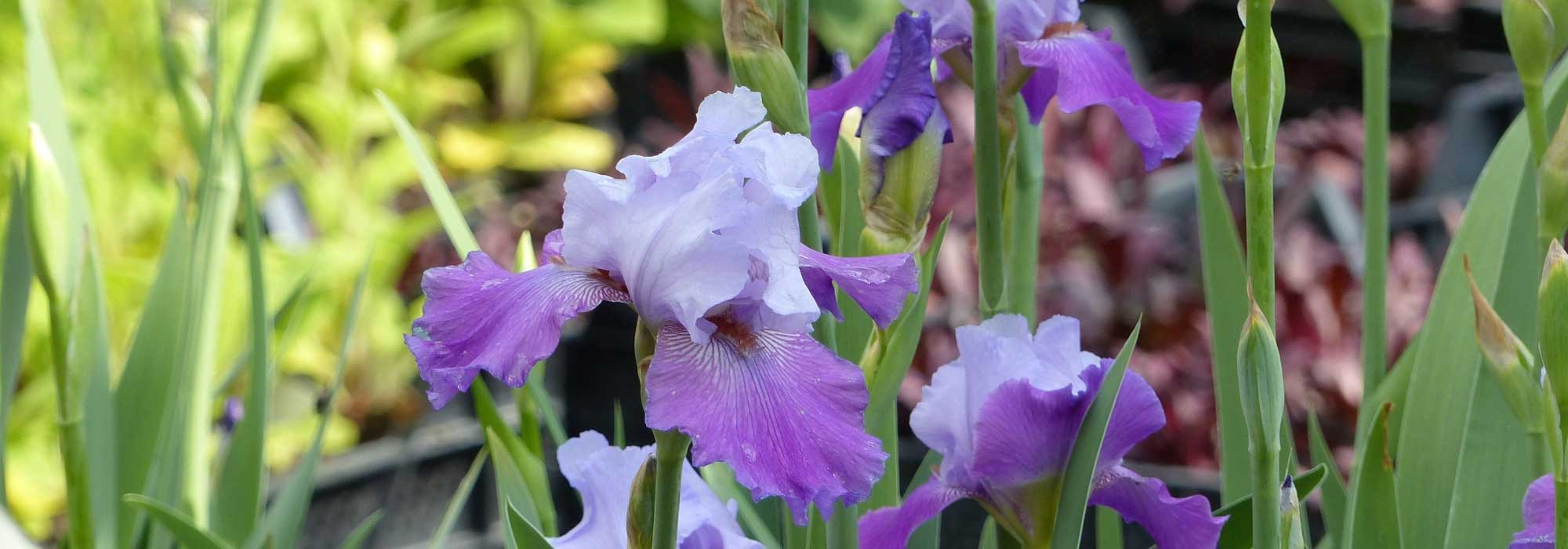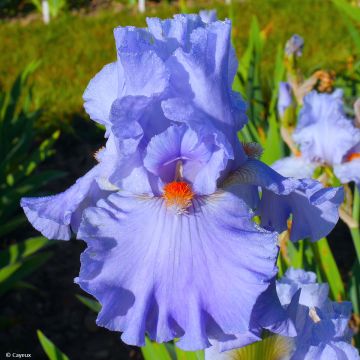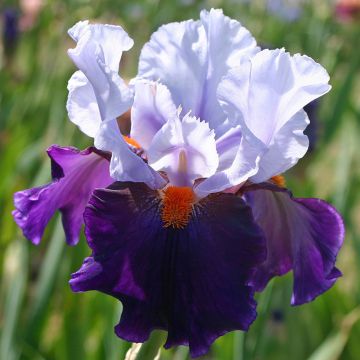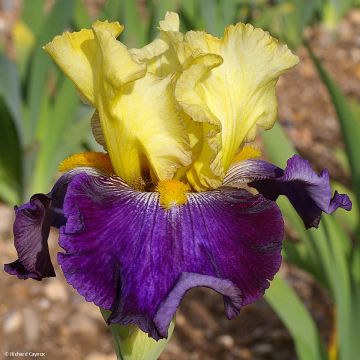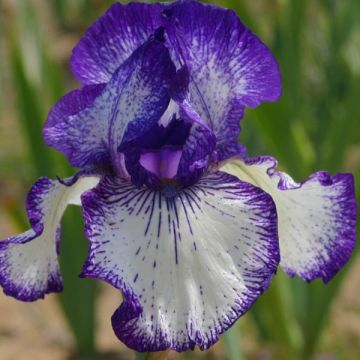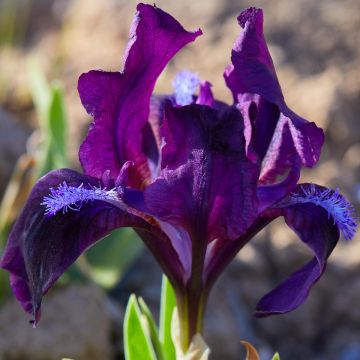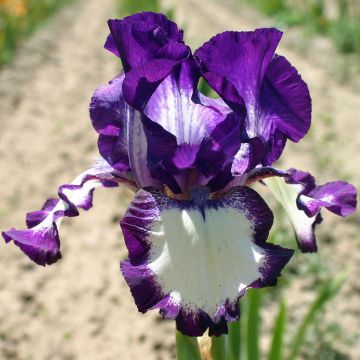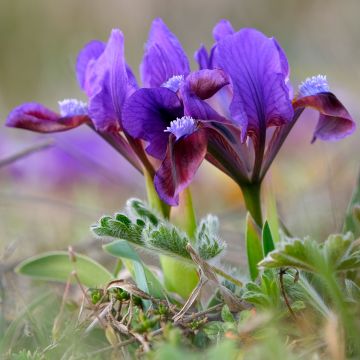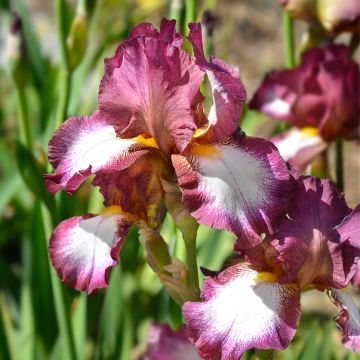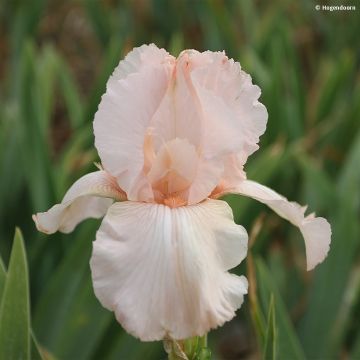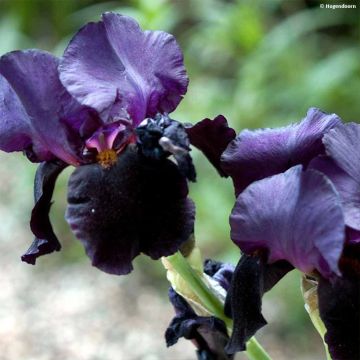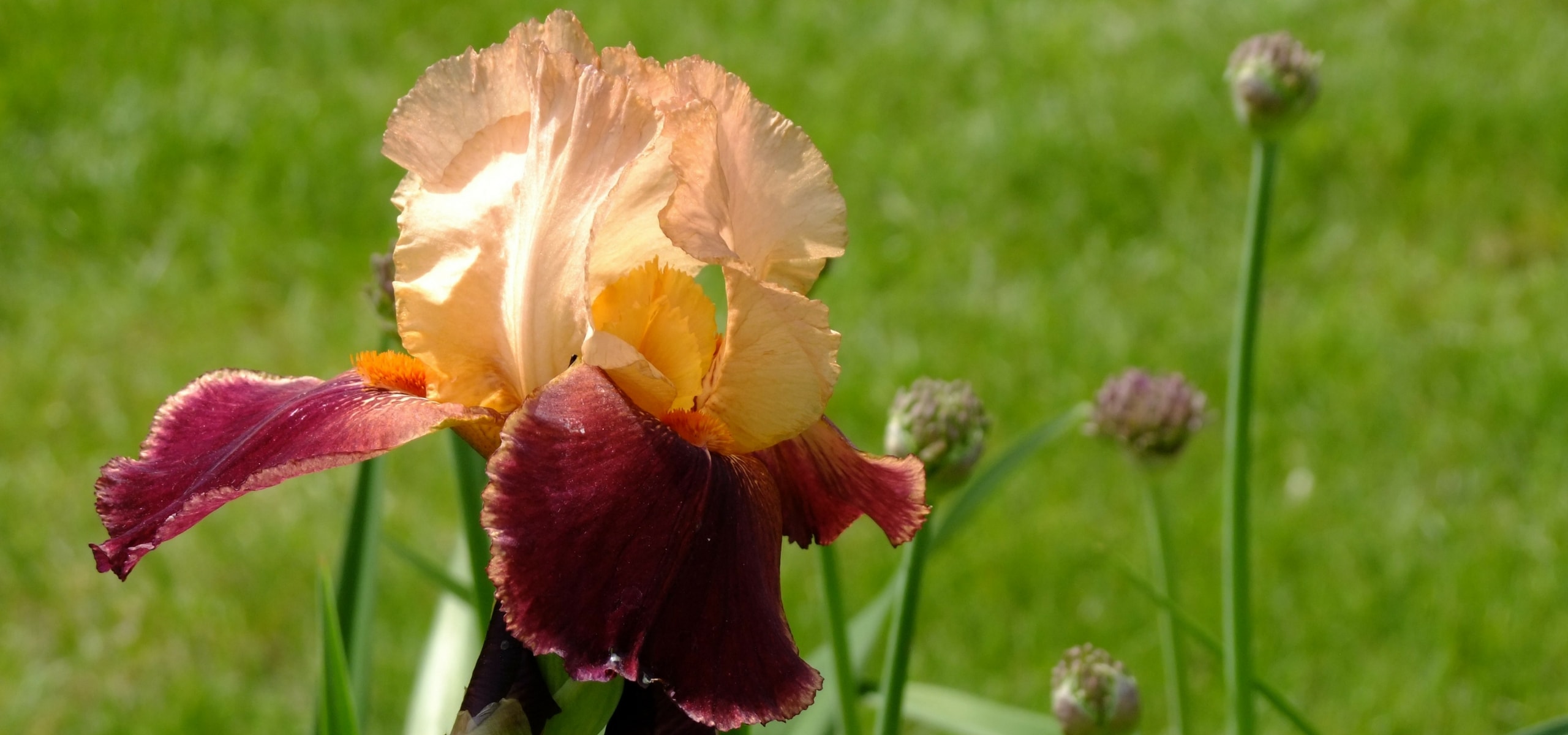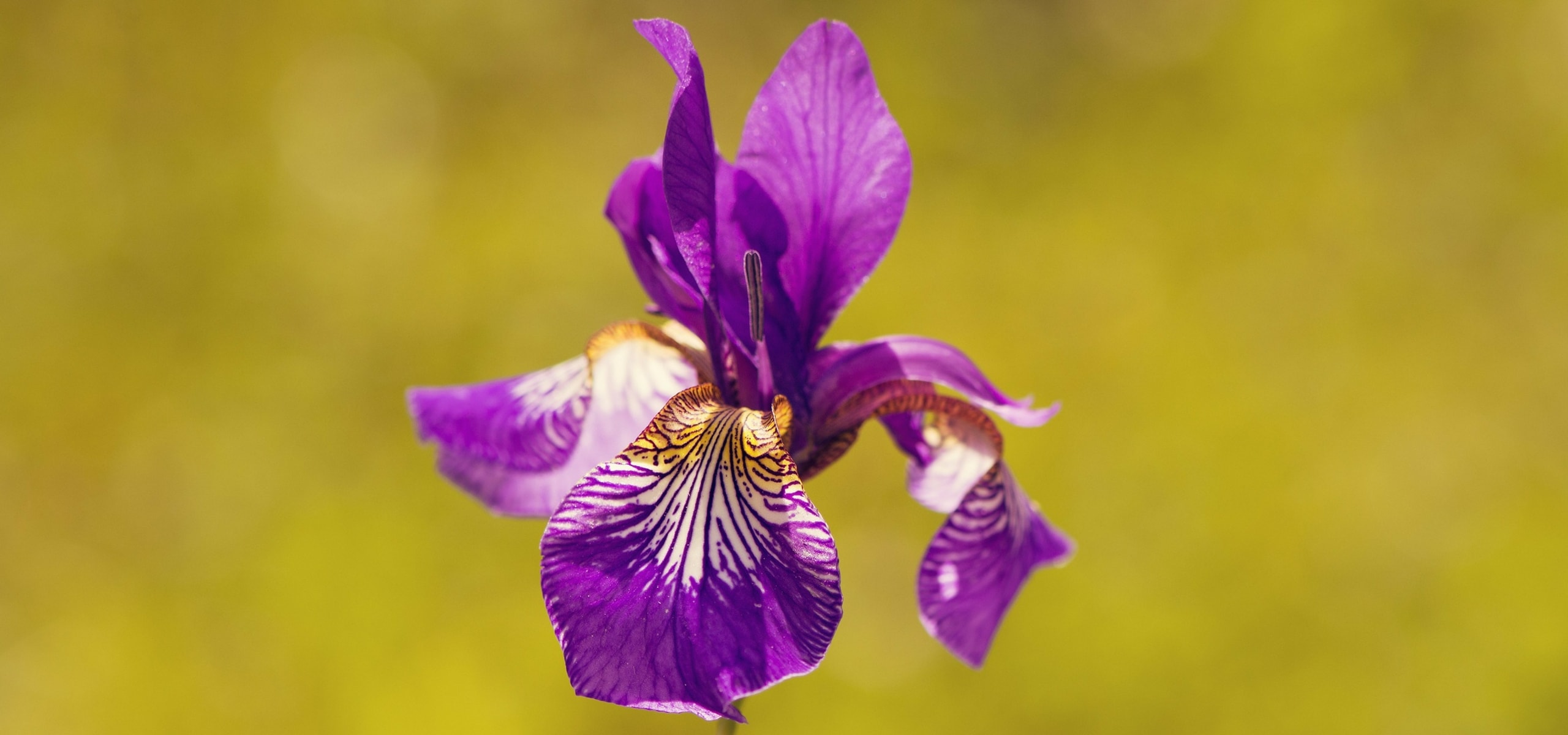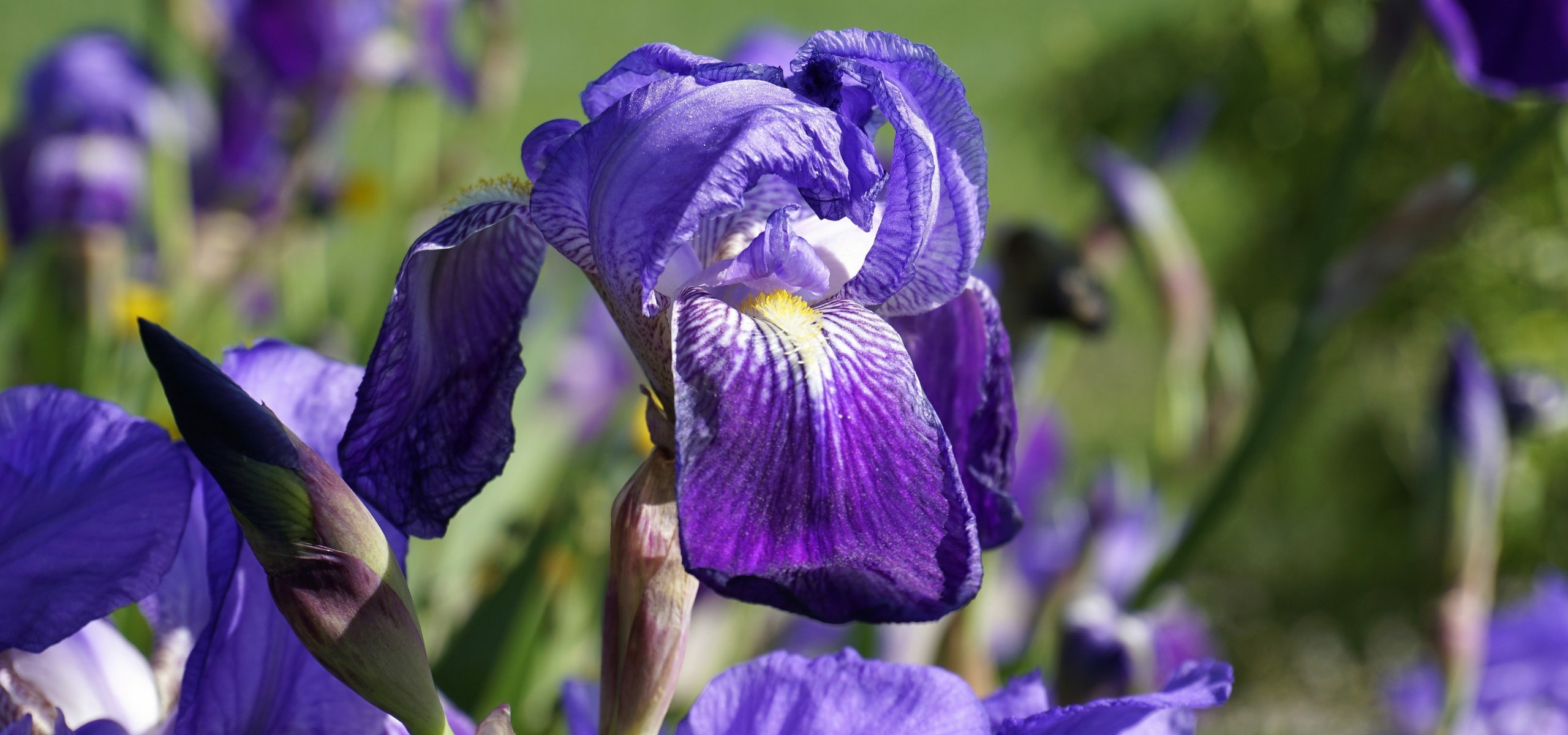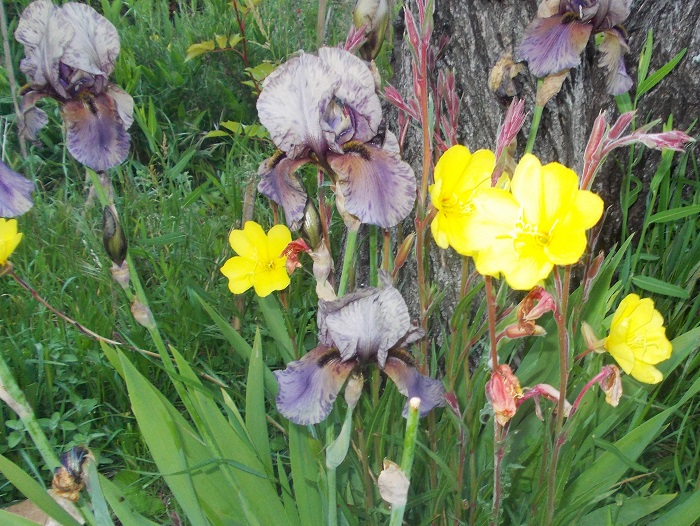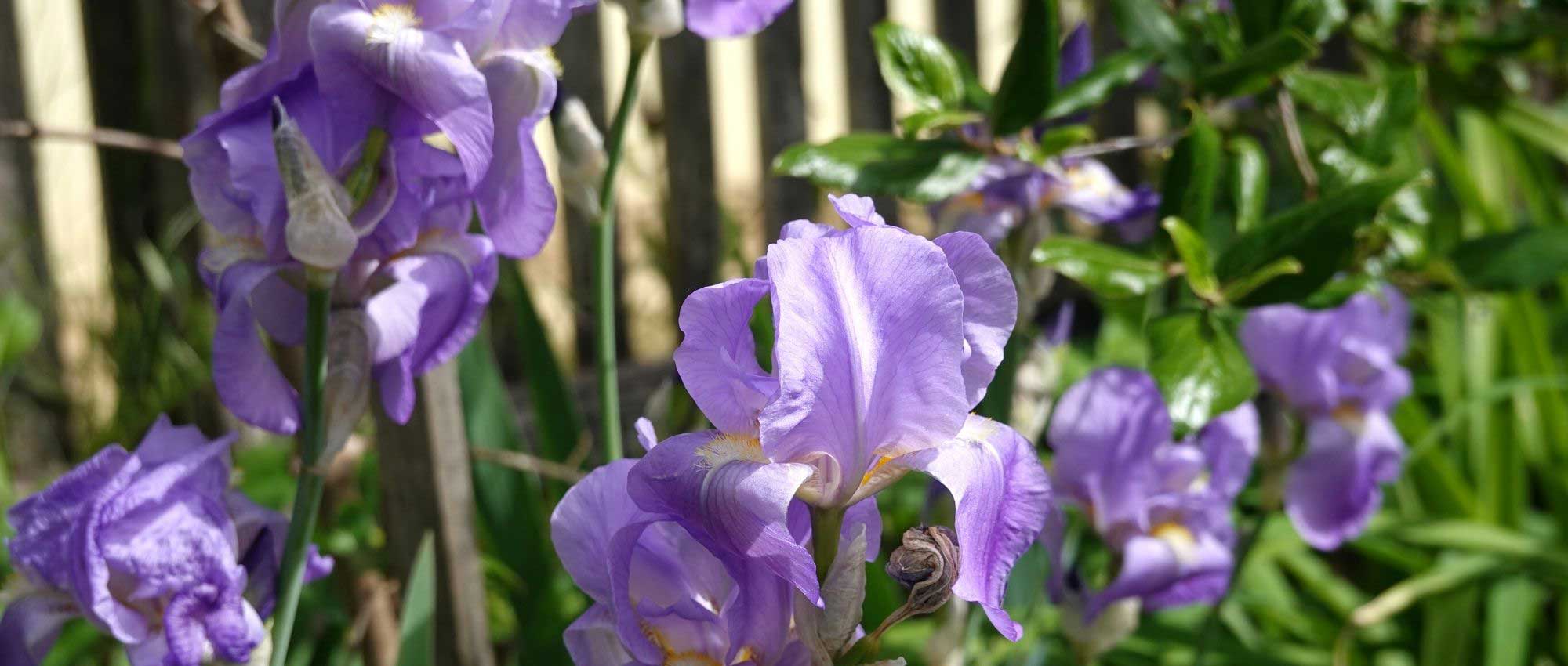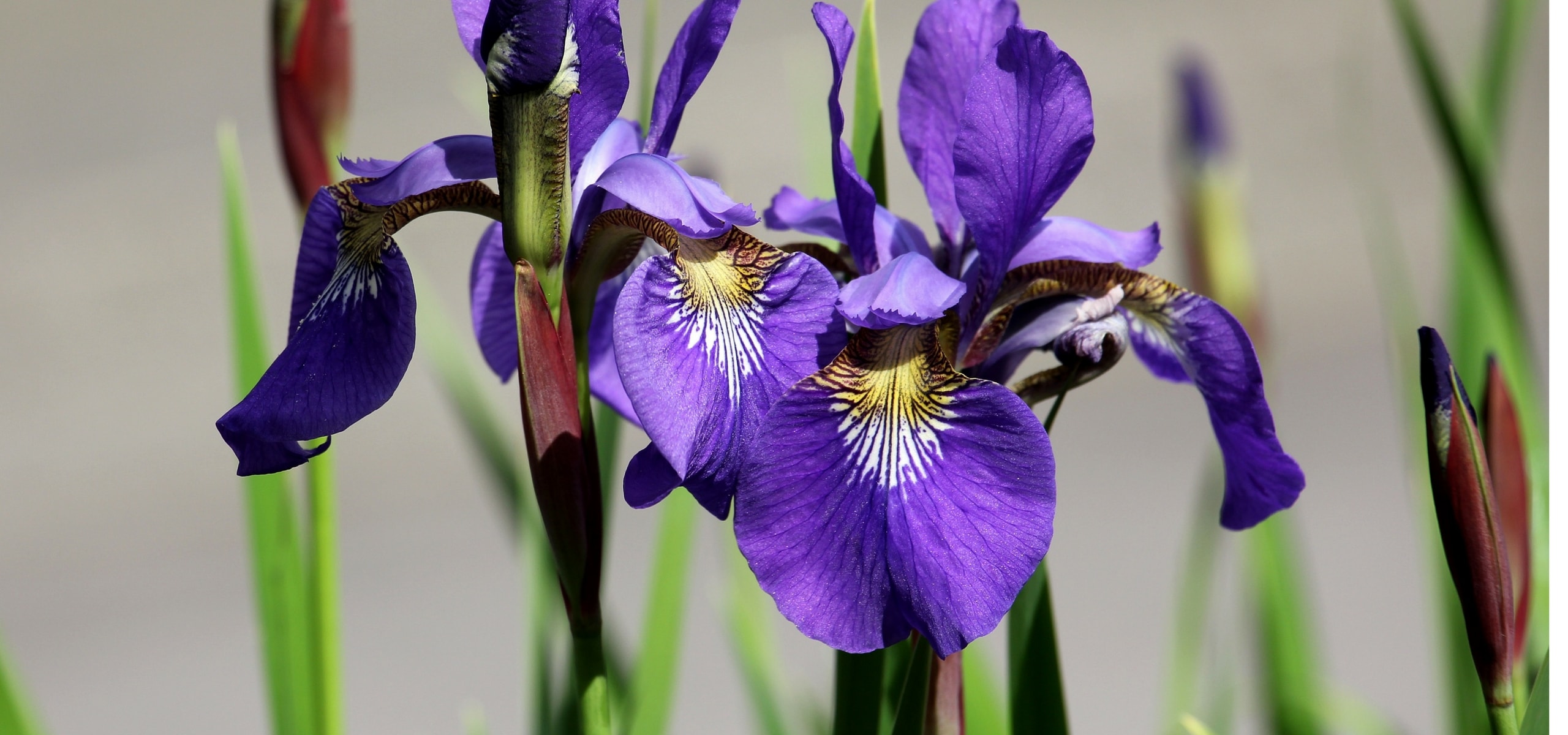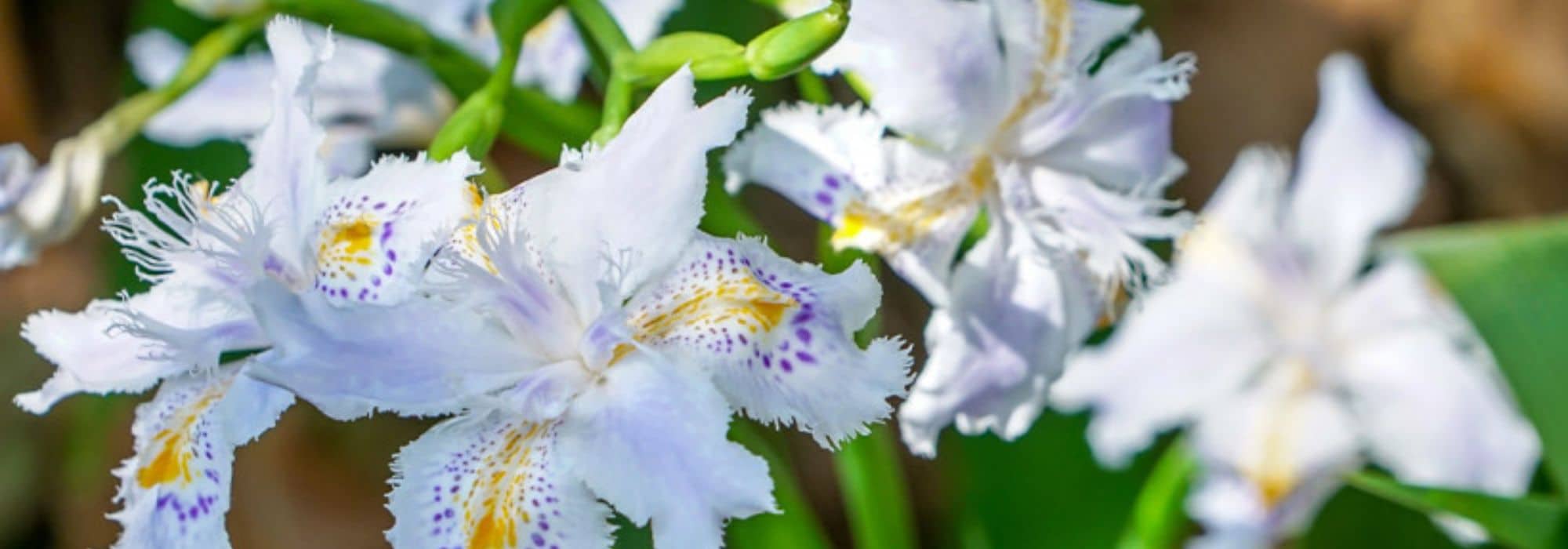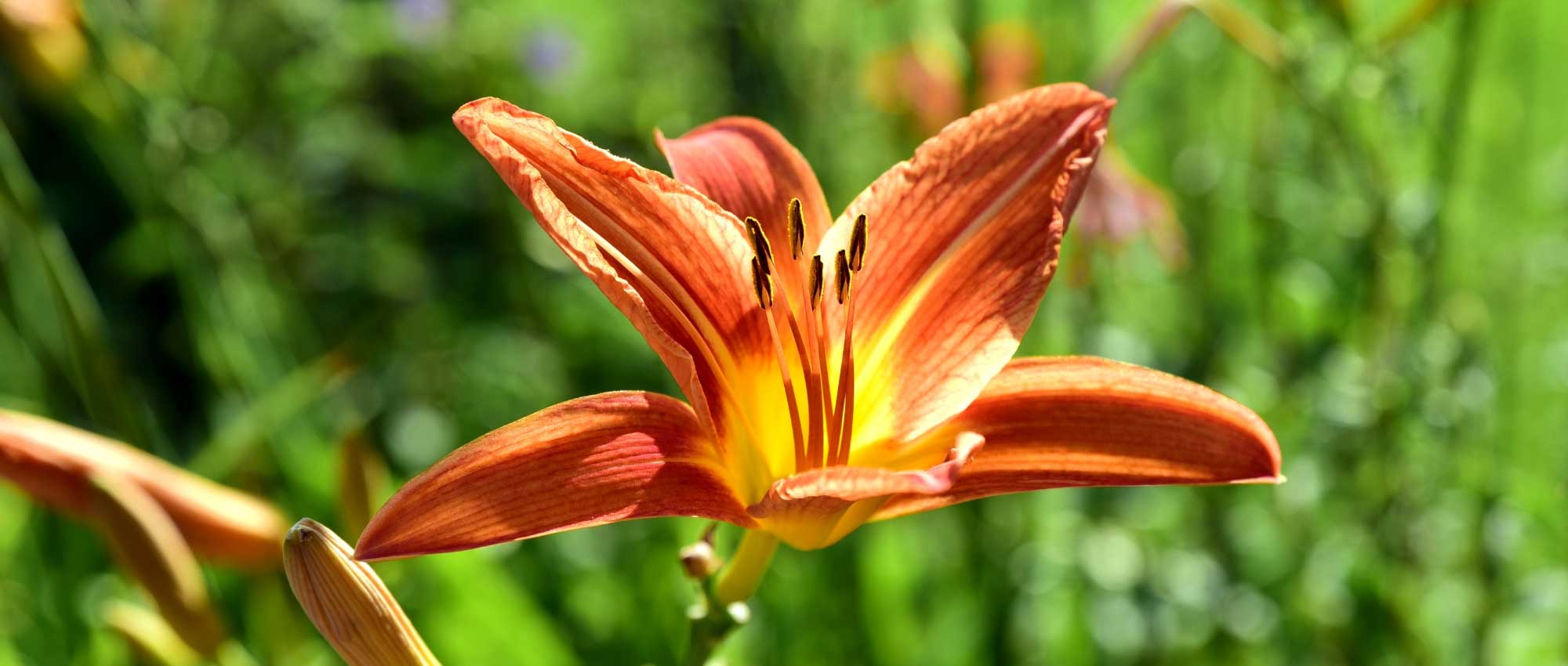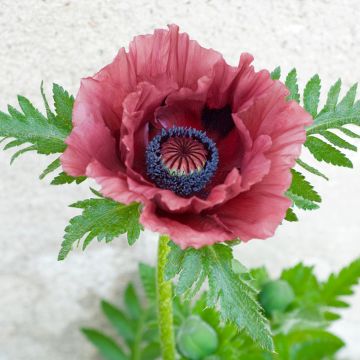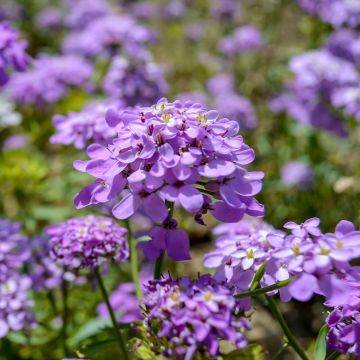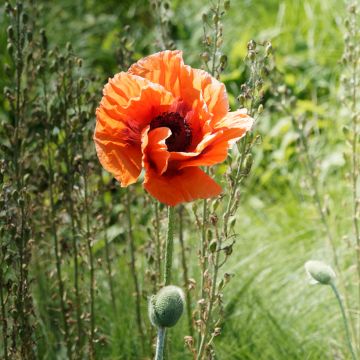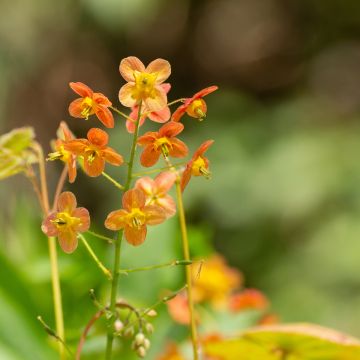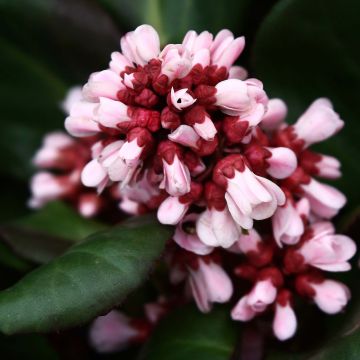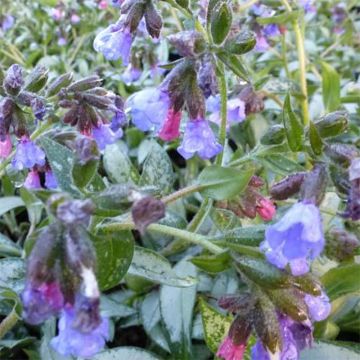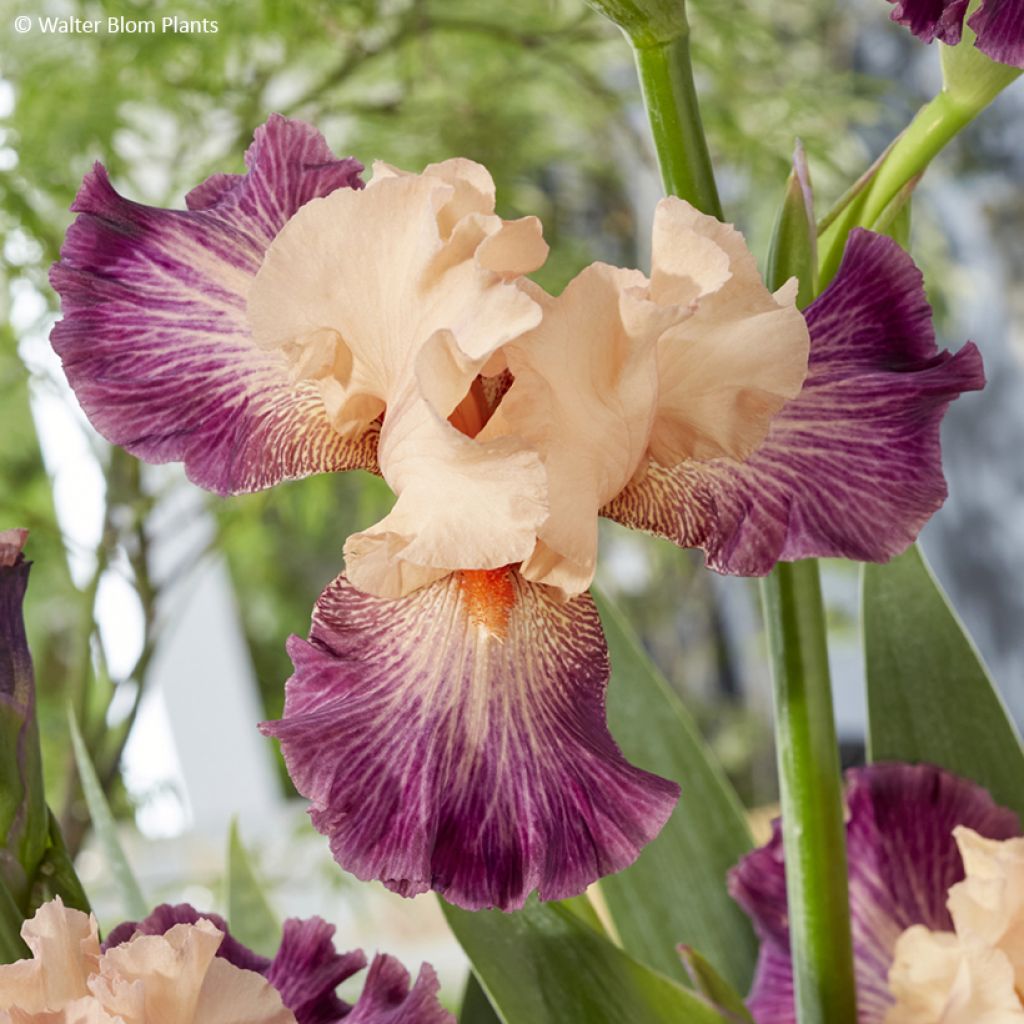

Iris Rose de Perse - Tall bearded iris
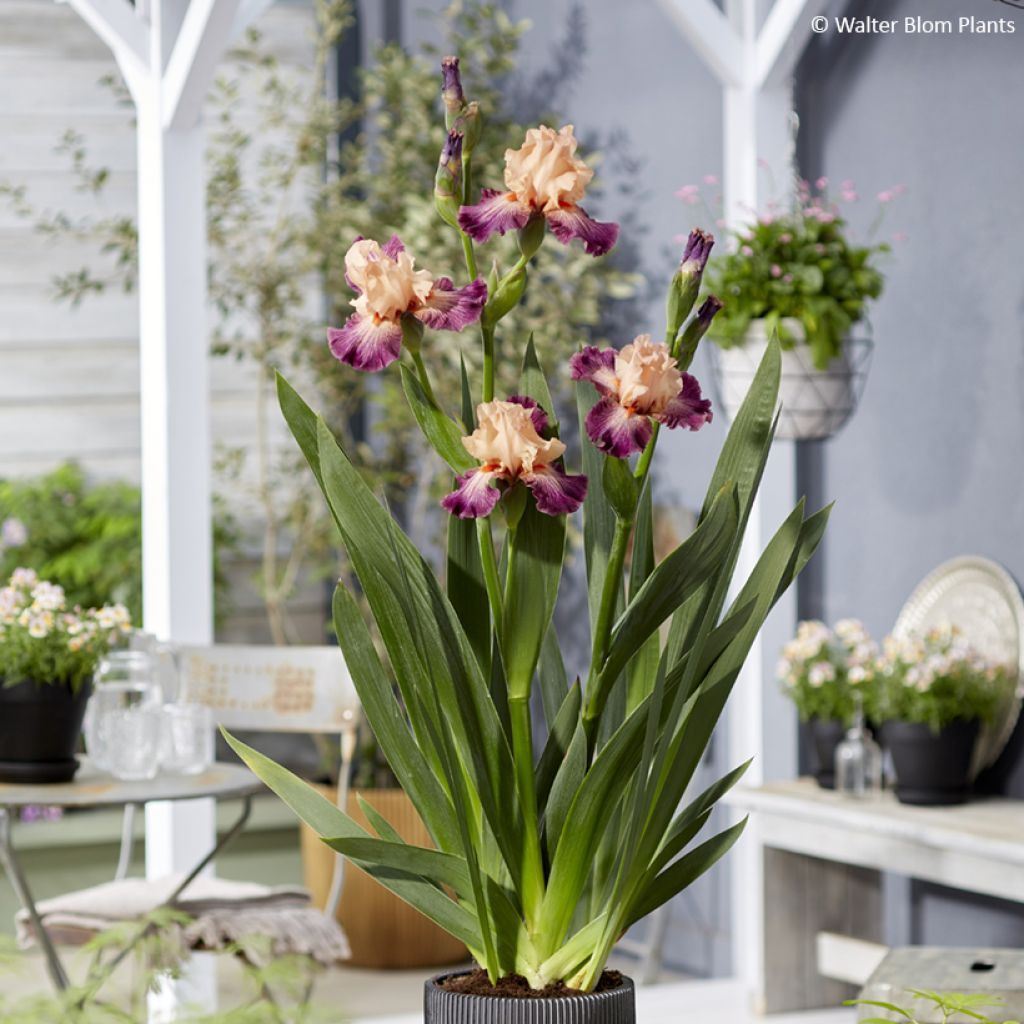

Iris Rose de Perse - Tall bearded iris
Iris Rose de Perse - Tall bearded iris
Iris germanica Rose de Perse
German Iris, Bearded Iris
Special offer!
Receive a €20 voucher for any order over €90 (excluding delivery costs, credit notes, and plastic-free options)!
1- Add your favorite plants to your cart.
2- Once you have reached €90, confirm your order (you can even choose the delivery date!).
3- As soon as your order is shipped, you will receive an email containing your voucher code, valid for 3 months (90 days).
Your voucher is unique and can only be used once, for any order with a minimum value of €20, excluding delivery costs.
Can be combined with other current offers, non-divisible and non-refundable.
Home or relay delivery (depending on size and destination)
Schedule delivery date,
and select date in basket
This plant carries a 12 months recovery warranty
More information
We guarantee the quality of our plants for a full growing cycle, and will replace at our expense any plant that fails to recover under normal climatic and planting conditions.
Would this plant suit my garden?
Set up your Plantfit profile →
Description
Iris 'Rose de Perse' is a charming and colourful variety of Bearded Iris. Around mid-May, it produces large, strikingly architectural flowers on long stems that showcase them beautifully above the glaucous green foliage. The predominantly pink corollas are enhanced by a deep purple-violet border on the sepals, along with a stunning coral-red beard. Easy to grow in most well-drained soils, this Iris thrives in full sun, whether in a flower bed or a large rock garden.
Iris lends its name to the Iridaceae family, which includes many other ornamental genera, primarily perennial plants with bulbs, corms, or rhizomes, such as the magnificent Crocosmias. While the Iris genus was discovered in Egypt nearly 3000 years BCE, Iris germanica originates from Syria. It is considered the ancestor of our modern Bearded Irises, called Bearded Irises due to the hairy appendices on the surface of the sepals.
Iris 'Rose de Perse' is a creation by the French breeder Cayeux, a nursery specialising since the late 21st century and based in the Loiret region. Its parent varieties are also two Cayeux cultivars: 'Chevalier de Malte' and 'Poésie'.
A beautiful synthesis of its parents, 'Rose de Perse' is a medium-sized Iris, reaching 85 cm in height and forming clumps 45 cm wide. Its sword-shaped leaves are slightly glaucous green and overlapping at the base, forming graceful fan-like arrangements. In spring, the clump produces highly branched flowering stems, bearing up to nine flower buds. These open around mid-May (earlier in warm climates and later in colder regions). The corollas consist of three upright petals, concealing the three-branched style (the female sexual part), and three horizontally inserted sepals that trail gracefully at the tips. The six floral segments feature an elegant wavy margin, worthy of a haute couture designer. The petals are monochromatic, in a romantic soft apricot-pink hue. The sepals are veined with the same slightly paler pink, blending into a deep purple-violet border that creates a striking contrast. The beard at the base of the sepal is coral-red with a hint of orange. The large flowers measure up to 12-13 cm, blooming for about three weeks until June, and emit a delicate, pleasant fragrance.
Iris 'Rose de Perse' will delight Iris enthusiasts with its generous, romantic-style flowering. Pair it with early-flowering varieties to extend the blooming season. However, it’s wise not to limit yourself to Irises alone, as while their flowers are stunning, their post-flowering appearance isn’t particularly ornamental... Combine them with other plants that will divert attention from their faded summer look. Gauras, with their airy, delicate flowers and long summer bloom, are perfect for taking over. Evening Primroses, with their bright pink or yellow flowers, depending on the variety, will be equally suited to this role, as will charming Daylilies with their star-shaped blooms.
Iris Rose de Perse - Tall bearded iris in pictures


Flowering
Foliage
Plant habit
Botanical data
Iris
germanica
Rose de Perse
Iridaceae
German Iris, Bearded Iris
Cultivar or hybrid
Other German Iris - Bearded Iris
View all →Planting and care
Do you have a very sunny spot, rather dry in summer?
This is the ideal location for planting irises! In shade, they will grow but not flower. They can be cultivated in all regions. Being hardy, they don't require winter protection. Well-drained soil suits them perfectly, even if it's rather dry and chalky or stony. Overly moist soil encourages rhizome rot. Plant from July to September. This gives the rhizomes enough time to grow sufficiently before lifting, then to develop new roots before winter. They should be planted immediately after purchase for best results. Plan to divide irises approximately every four years to provide them with fresh soil, and because clumps thin out from the centre over time. Divide in summer during the dormant period by lifting clumps with a garden fork and selecting the finest rhizomes (discard the smaller ones).
Irises have vigorous growth and require space to develop and flower well. They should be planted with spacing appropriate to the size and vigour of the variety: approximately 45 cm for this Iris 'Rose de Perse' (about 6 plants per square metre). Always consider the direction of rhizome growth by arranging them in a star shape, with buds and leaves facing outwards, and spacing them well away from other varieties so they have room to develop.
Planting
Dig a hole wide and deep enough. Make a conical mound of soil in it on which to place the rhizome with the roots spread out. Cover the roots. It's important that the rhizome sits flush with the soil surface. It must not be planted in a depression (risk of rot). Allow for soil settling and the iris sinking deeper. In clay or moist ground, the rhizome can even be raised on a slight mound a few centimetres high. To help soil cling to the roots, lightly firm the soil and water generously immediately after planting. Water if needed 2-3 times until established.
Care:
Keep the soil weed-free by shallow hoeing, taking care not to damage rhizomes or roots. Weeds shade the irises, retain moisture (causing rot) and attract slugs. Similarly, remove dry leaves. If diseased (with reddish-edged spots from leaf spot disease), we recommend burning them. Remove faded flowers to prevent the iris wasting energy on fruit production.
Planting period
Intended location
Care
Planting & care advice
This item has not been reviewed yet - be the first to leave a review about it.
Similar products
Haven't found what you were looking for?
Hardiness is the lowest winter temperature a plant can endure without suffering serious damage or even dying. However, hardiness is affected by location (a sheltered area, such as a patio), protection (winter cover) and soil type (hardiness is improved by well-drained soil).

Photo Sharing Terms & Conditions
In order to encourage gardeners to interact and share their experiences, Promesse de fleurs offers various media enabling content to be uploaded onto its Site - in particular via the ‘Photo sharing’ module.
The User agrees to refrain from:
- Posting any content that is illegal, prejudicial, insulting, racist, inciteful to hatred, revisionist, contrary to public decency, that infringes on privacy or on the privacy rights of third parties, in particular the publicity rights of persons and goods, intellectual property rights, or the right to privacy.
- Submitting content on behalf of a third party;
- Impersonate the identity of a third party and/or publish any personal information about a third party;
In general, the User undertakes to refrain from any unethical behaviour.
All Content (in particular text, comments, files, images, photos, videos, creative works, etc.), which may be subject to property or intellectual property rights, image or other private rights, shall remain the property of the User, subject to the limited rights granted by the terms of the licence granted by Promesse de fleurs as stated below. Users are at liberty to publish or not to publish such Content on the Site, notably via the ‘Photo Sharing’ facility, and accept that this Content shall be made public and freely accessible, notably on the Internet.
Users further acknowledge, undertake to have ,and guarantee that they hold all necessary rights and permissions to publish such material on the Site, in particular with regard to the legislation in force pertaining to any privacy, property, intellectual property, image, or contractual rights, or rights of any other nature. By publishing such Content on the Site, Users acknowledge accepting full liability as publishers of the Content within the meaning of the law, and grant Promesse de fleurs, free of charge, an inclusive, worldwide licence for the said Content for the entire duration of its publication, including all reproduction, representation, up/downloading, displaying, performing, transmission, and storage rights.
Users also grant permission for their name to be linked to the Content and accept that this link may not always be made available.
By engaging in posting material, Users consent to their Content becoming automatically accessible on the Internet, in particular on other sites and/or blogs and/or web pages of the Promesse de fleurs site, including in particular social pages and the Promesse de fleurs catalogue.
Users may secure the removal of entrusted content free of charge by issuing a simple request via our contact form.
The flowering period indicated on our website applies to countries and regions located in USDA zone 8 (France, the United Kingdom, Ireland, the Netherlands, etc.)
It will vary according to where you live:
- In zones 9 to 10 (Italy, Spain, Greece, etc.), flowering will occur about 2 to 4 weeks earlier.
- In zones 6 to 7 (Germany, Poland, Slovenia, and lower mountainous regions), flowering will be delayed by 2 to 3 weeks.
- In zone 5 (Central Europe, Scandinavia), blooming will be delayed by 3 to 5 weeks.
In temperate climates, pruning of spring-flowering shrubs (forsythia, spireas, etc.) should be done just after flowering.
Pruning of summer-flowering shrubs (Indian Lilac, Perovskia, etc.) can be done in winter or spring.
In cold regions as well as with frost-sensitive plants, avoid pruning too early when severe frosts may still occur.
The planting period indicated on our website applies to countries and regions located in USDA zone 8 (France, United Kingdom, Ireland, Netherlands).
It will vary according to where you live:
- In Mediterranean zones (Marseille, Madrid, Milan, etc.), autumn and winter are the best planting periods.
- In continental zones (Strasbourg, Munich, Vienna, etc.), delay planting by 2 to 3 weeks in spring and bring it forward by 2 to 4 weeks in autumn.
- In mountainous regions (the Alps, Pyrenees, Carpathians, etc.), it is best to plant in late spring (May-June) or late summer (August-September).
The harvesting period indicated on our website applies to countries and regions in USDA zone 8 (France, England, Ireland, the Netherlands).
In colder areas (Scandinavia, Poland, Austria...) fruit and vegetable harvests are likely to be delayed by 3-4 weeks.
In warmer areas (Italy, Spain, Greece, etc.), harvesting will probably take place earlier, depending on weather conditions.
The sowing periods indicated on our website apply to countries and regions within USDA Zone 8 (France, UK, Ireland, Netherlands).
In colder areas (Scandinavia, Poland, Austria...), delay any outdoor sowing by 3-4 weeks, or sow under glass.
In warmer climes (Italy, Spain, Greece, etc.), bring outdoor sowing forward by a few weeks.






























